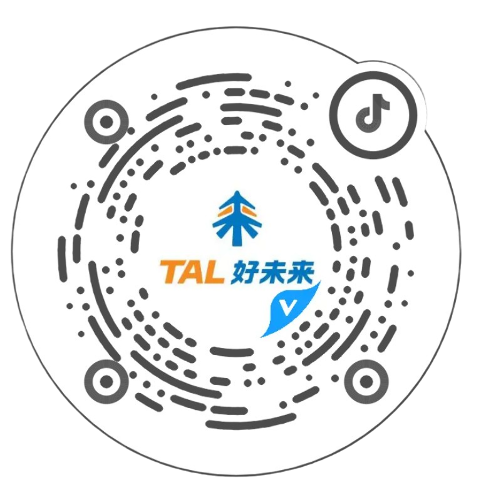




"AI + Education" represents an inevitable trend in educational technology transformation and is a key topic at this year's WAIC. In this field, pioneers like Xueersi have made preliminary progress and introduced related products.
On July 6th, the [WAIC AI Industry Innovation and Investment Development Theme Conference], hosted by CLS and co-organized by Xueersi and Donghao Lansheng, opened grandly. Xueersi Education Group CTO Tian Mi delivered a speech titled "The Future Personalized Learning Blueprint Constructed by Educational large Models," discussing MathGPT's current applications, future prospects, latest research and development achievements, and implemented products in educational technology.

large Model can break the "impossible triangle" of the education industry. The development of AI technology has created opportunities to overcome this challenge. The emergence of large model technology has brought new hope for breaking this impossibility. As Tian Mi explained, "The 'impossible triangle' describes the difficulty in achieving personalization, high quality, and large scale simultaneously." Before the emergence of large model, AI had already empowered various aspects of educational technology, including preparation, teaching, practice, evaluation, and management. For example, in lesson preparation, AI helps teachers automatically organize lecture notes and generate test papers. Tian Mi cited Xueersi as an example, noting that its early small classes achieved high quality and personalization but faced scalability challenges. Later, large classes were introduced, though they sacrificed some personalization. Subsequent attempts to combine personalization and scale using AI technology still fell short of human teachers' capabilities. As large model technology expands across industries, its role in education is growing. Tian Mi believes "all educational AI technologies are worth redeveloping with large model." Accordingly, in 2023, Xueersi launched MathGPT, China’s first educational big model. When explaining why educational technology should be rebuilt using large model, Tian Mi highlighted three key differences between them and traditional deep learning.
First, large model are more general-purpose—they can handle diverse tasks, drastically reducing training costs while improving efficiency.
Second, a general-purpose large model serves as a foundational system, enabling the model to absorb broader world knowledge alongside educational content, enhancing its intelligence.
Third, generative large model support multi-turn interactions, making human-computer and teacher-student interactions easier and more convenient.
Five scenarios reconstructed education technology. How does Xueersi use large model to transform education? Tian Mi identified five key scenarios: problem-solving, dialogue, correction, concept explanation, and recommendations. Additionally, MathGPT has introduced a new "concept explanation" feature. Like human teachers, the model gradually guides students toward answers rather than providing them immediately. Students can interrupt at any time to ask further questions.

"The training process for big models closely resembles how children learn," Tian Mi explained. A single model cannot effectively master languages, mathematics and other subjects simultaneously, requiring the development of specialized "expert" models for different disciplines that are then integrated. This makes MathGPT a "multi-disciplinary large model" - essentially a combination of several expert models. Tian Mi noted that training educational large model follows the same fundamental steps as general models: pre-training, supervised fine-tuning, and reinforcement learning. Currently, the empowerment of AI large model into educational technology remains in its early stages. Tian Mi acknowledged that these models still face challenges with "hallucinations" in practical applications. While retrieval and enhancement technologies can mitigate some issues—making big models effectively usable for practical products—the problem cannot be fully eliminated.
To address this, Tian Mi revealed that Xueersi plans to open its three core AI capabilities—problem-solving, concept explanation, and correction—to the entire industry. Regarding concerns about whether educational large model will replace human teachers, Tian Mi firmly stated that the answer is "no." He emphasized that these models will serve as AI teaching assistants, relieving teachers of burdensome tasks and enabling them to focus on motivating and inspiring students. Big models will also serve as AI learning companions for students, accompanying them 24 hours a day.
It is reported that Xueersi has long been deeply engaged in educational technology research and development. Since its establishment, Xueersi has been accumulating question bank data, which Tian Mi described as the "raw materials" for training large model. In 2017, Xueersi established its AI Lab, continuously building accumulating in the fields of speech, image, and NLP technologies to develop comprehensive educational solutions. In 2019, Xueersi was entrusted with constructing the Ministry of Science and Technology's new-generation open innovation platform for smart education.
Article borrowed from CLS: https://www.cls.cn/detail/1725621